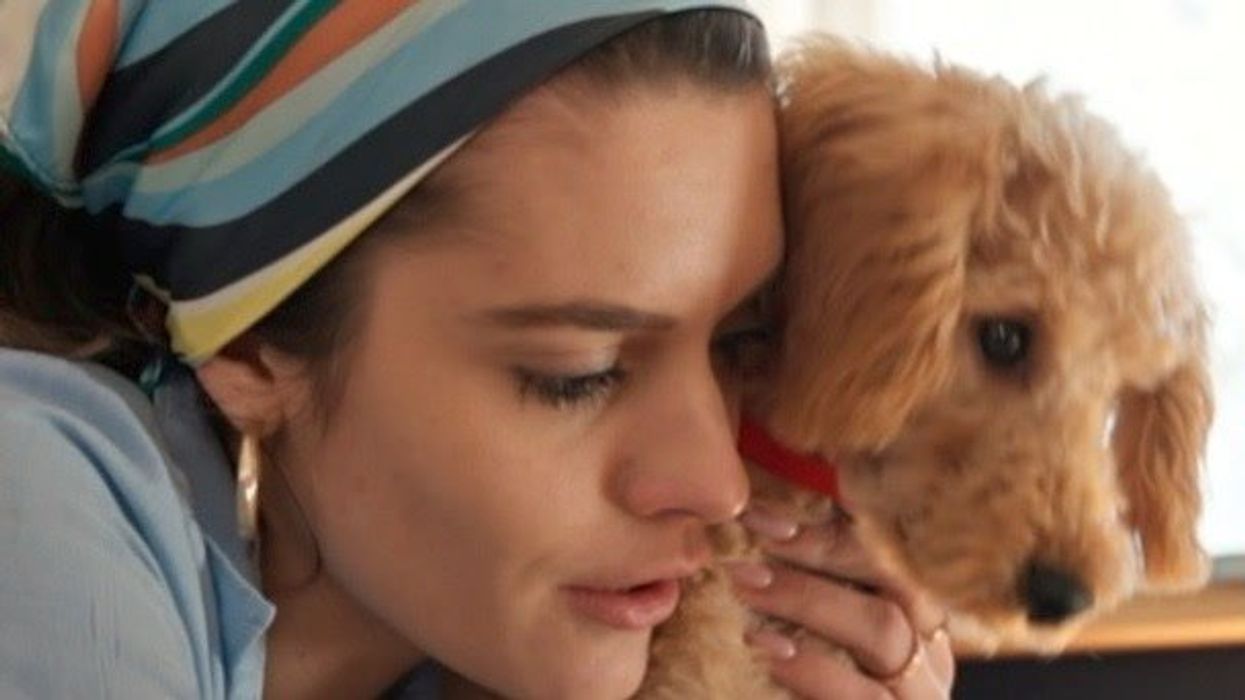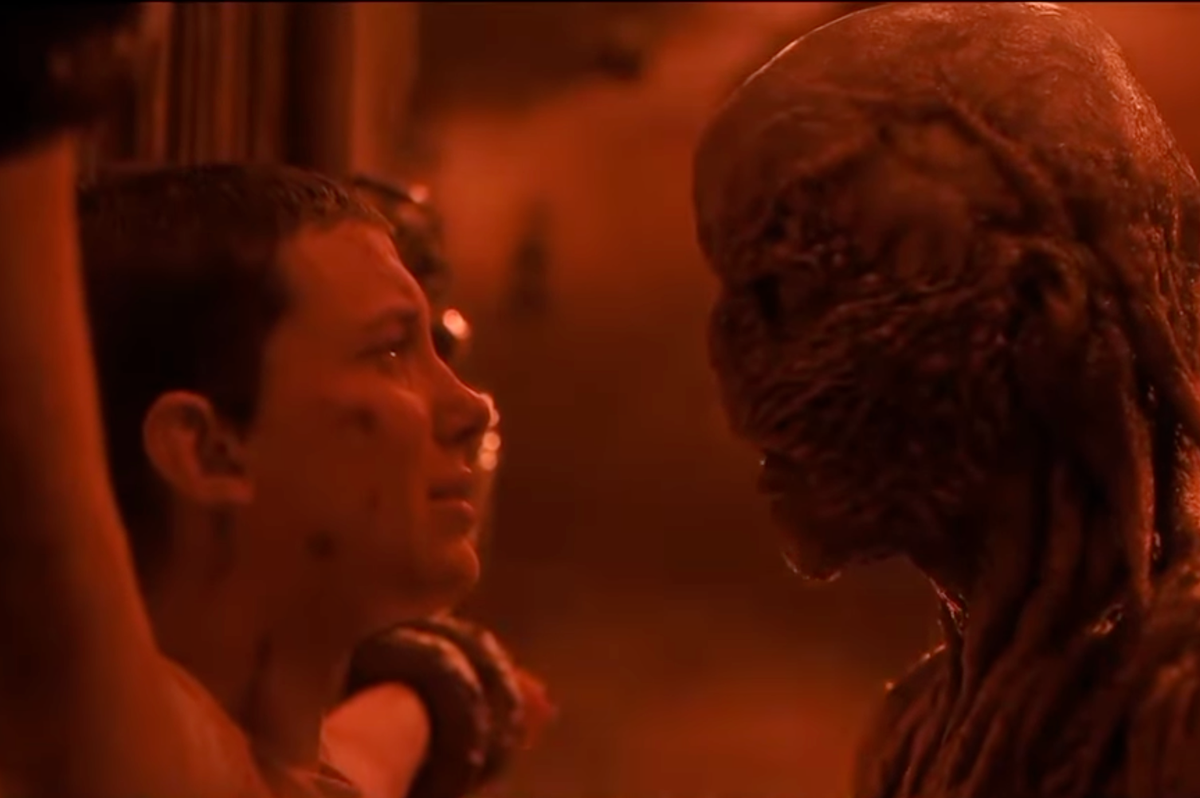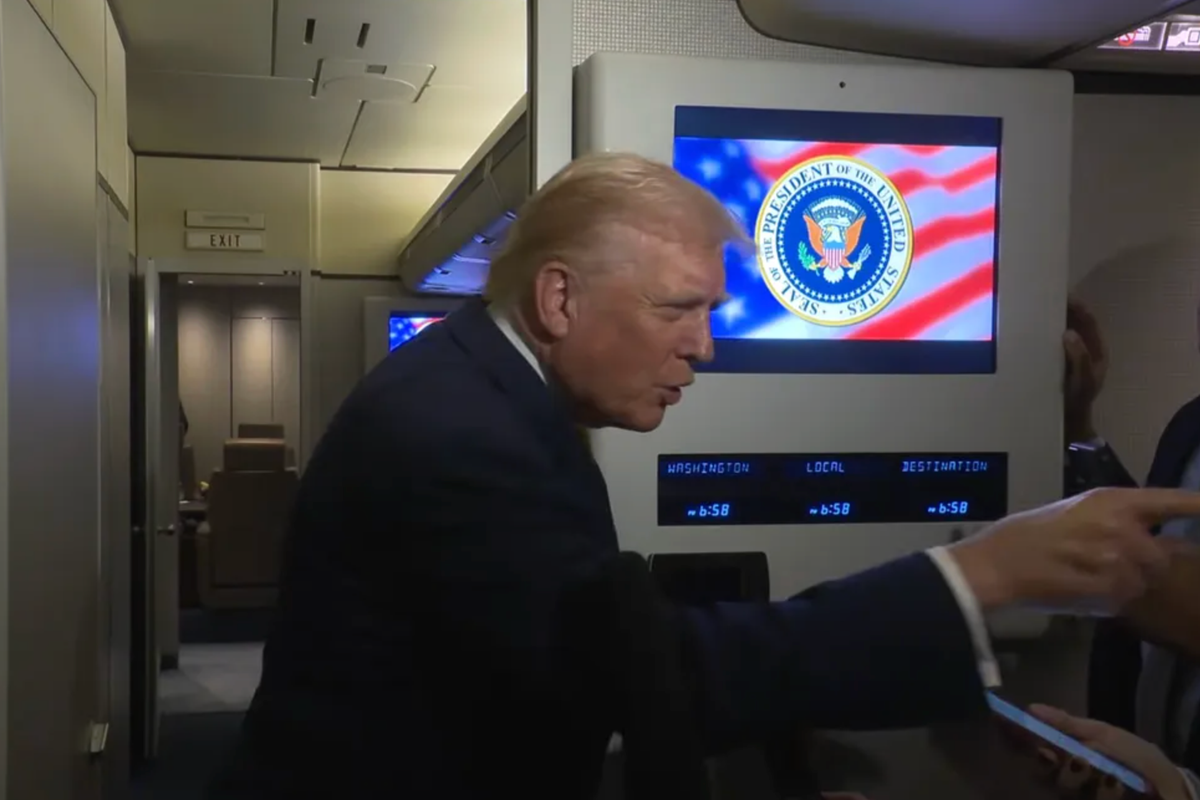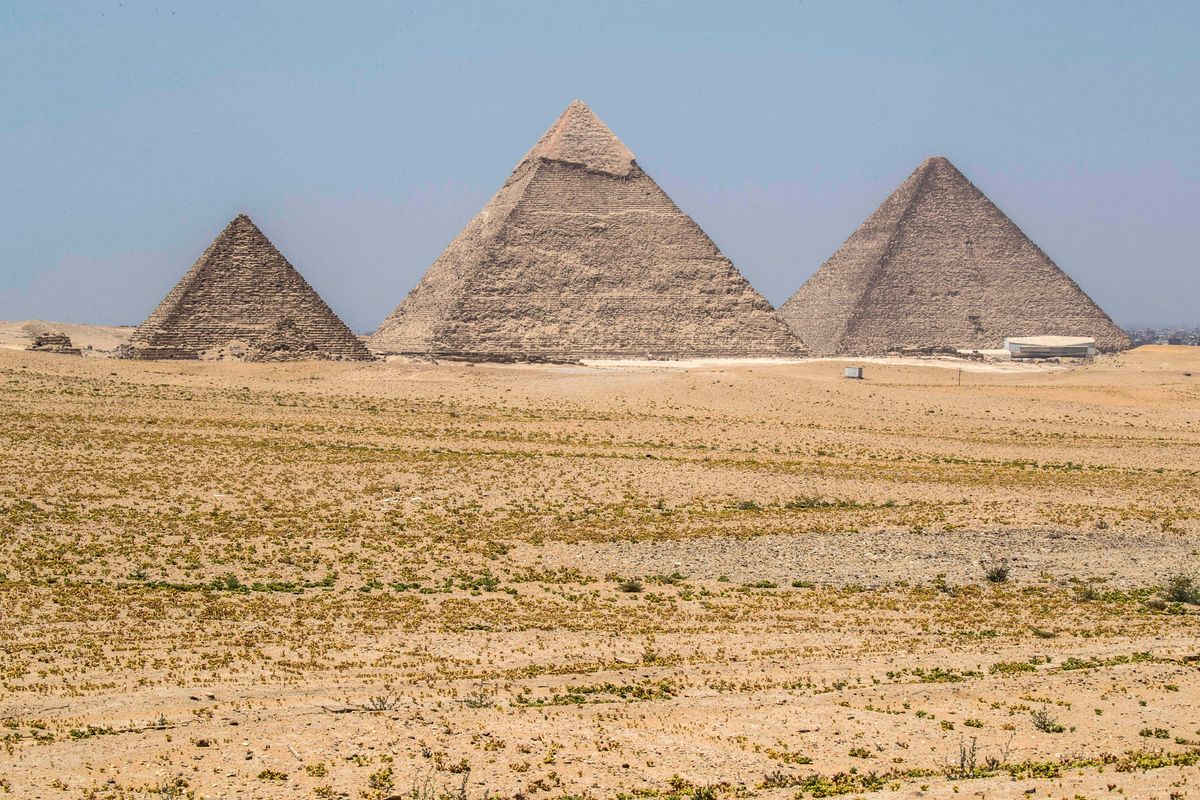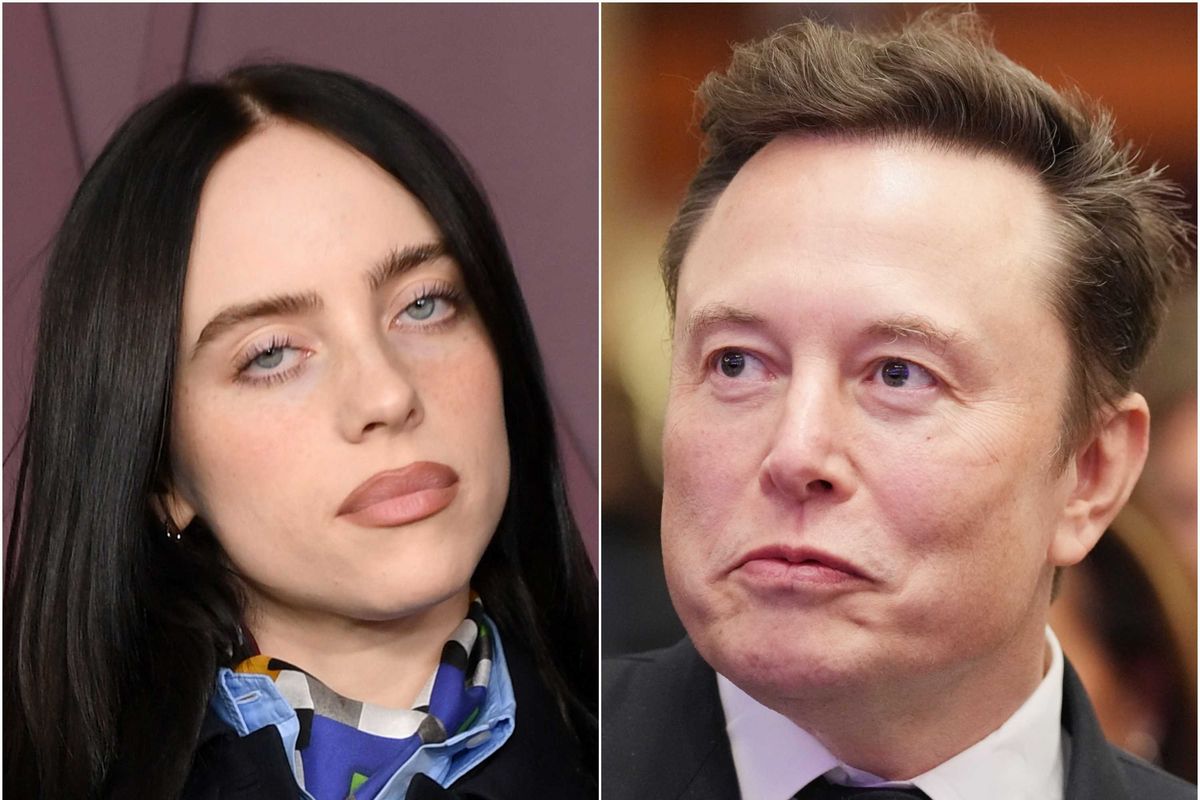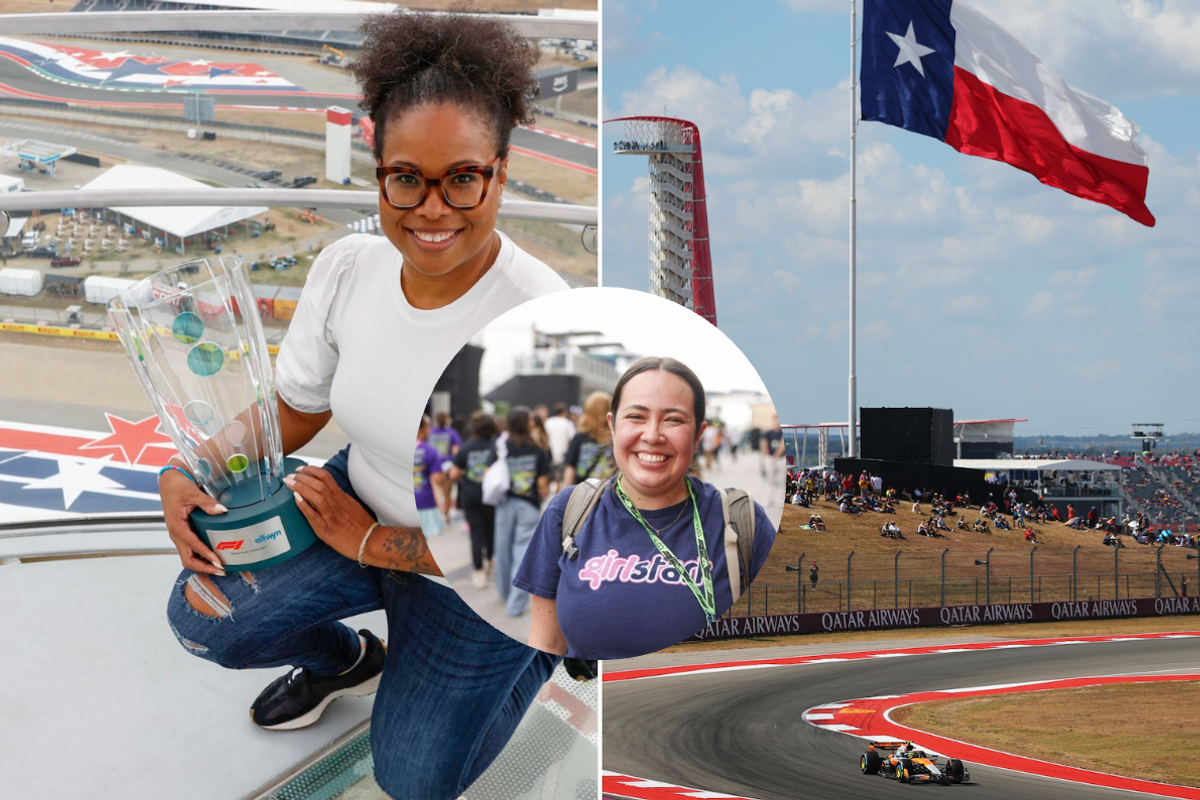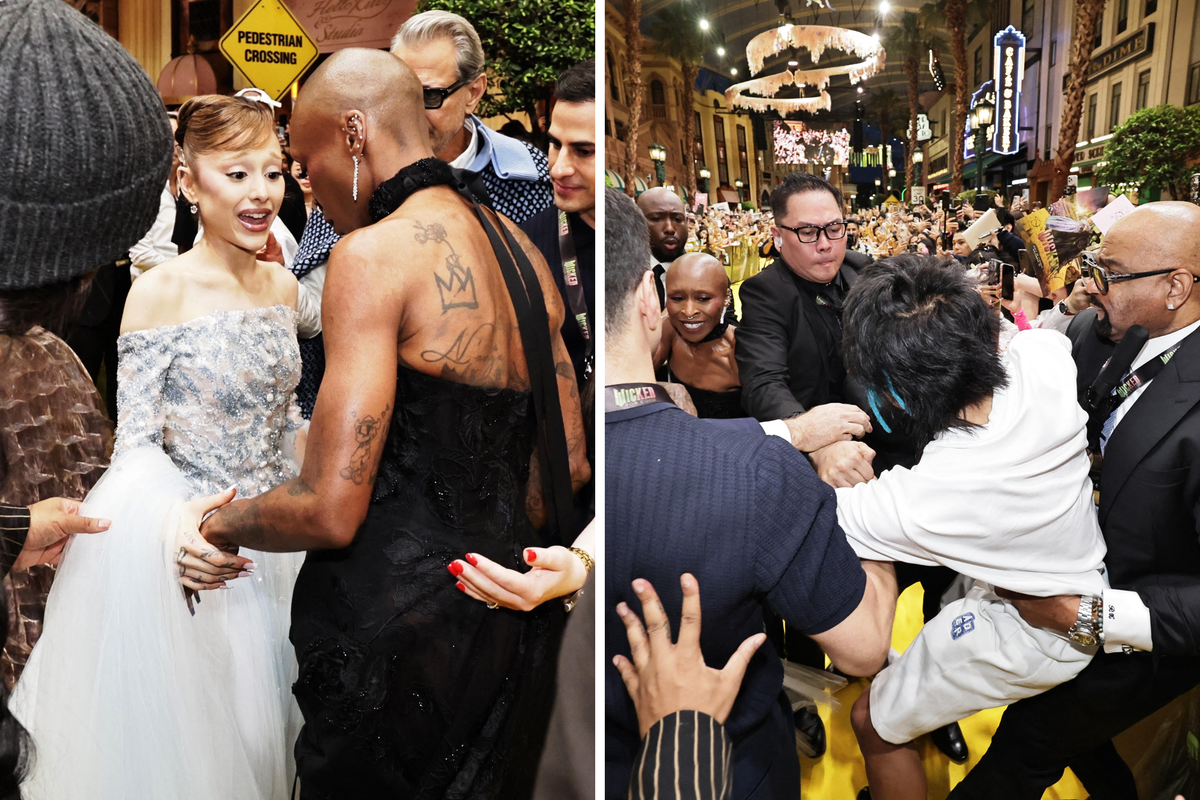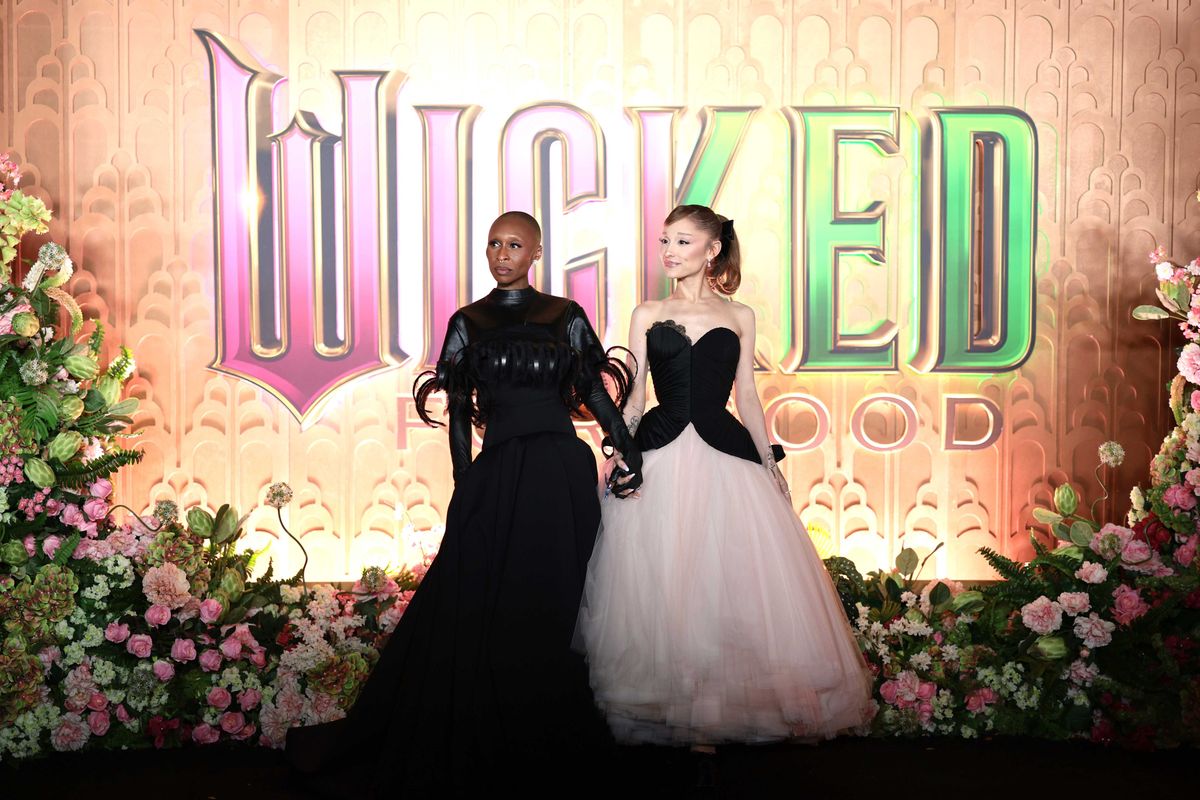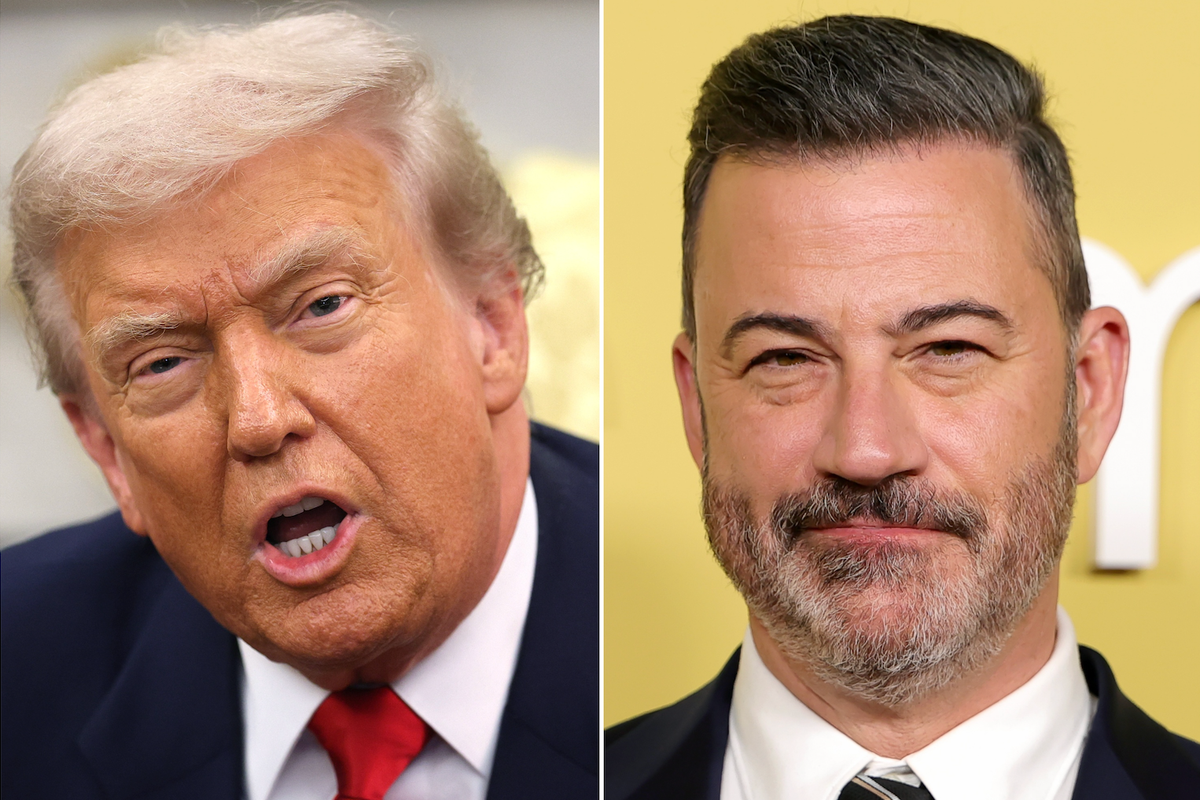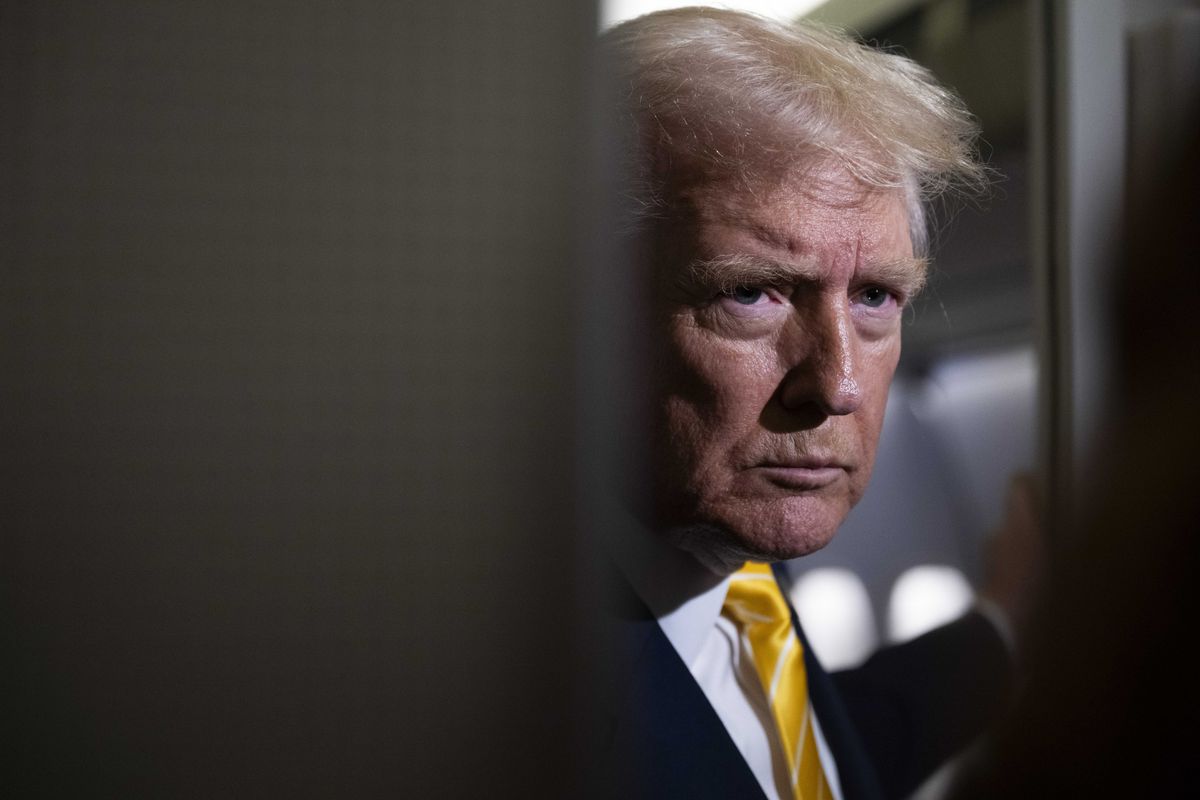An unusual and somewhat unsettling trend has emerged: cats and dogs — the quintessential rivals of the pet world — are beginning to resemble one another more than ever before. And no, it's not simply a case of overactive imagination.
Evolutionary biologists Dr Abby Drake of Cornell University and Dr Jonathan Losos of Washington University examined the skull shapes of over 2,800 animals, including domestic cats, dogs, and a variety of wild species.
Their research revealed a striking pattern: domesticated animals displayed significantly more variation in skull shape than their wild counterparts. This is largely the result of artificial selection — selective breeding carried out by humans over generations.
Published in the Proceedings of the National Academy of Sciences (PNAS), the study highlights some surprising insights into the physical evolution of our two most beloved companion animals.
Drake and Losos’s findings suggest that human preferences have had a more profound effect on the appearance of pets than many of us might realise — perhaps even nudging them towards a shared aesthetic over time.
Drake explained how the pair originally set out to "map the cat shape space onto the same graph with the dog shape space and see how diverse the cats were".
However, they were amazed to discover that "the cat shape space overlapped the dog shape space".
"When I saw that, I thought, ‘What’s going on? That’s amazing,'” Drake shared in a press release.
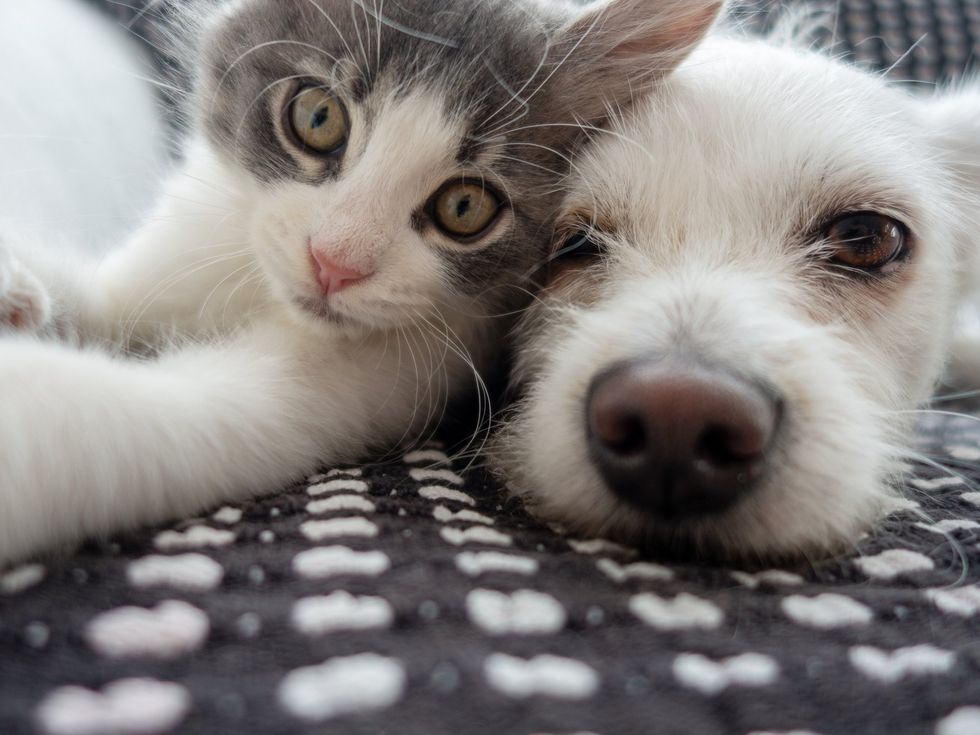
It appears that humans have, perhaps unintentionally, been sculpting certain cats and dogs into strikingly similar forms.
The researchers uncovered evidence of what could be described as a form of “copycat” evolution, particularly among breeds with extremely shortened faces.
Through generations of selective breeding, both species have been steered toward a rounded, flat-nosed skull shape — a look that many people find endearing.
“The skulls of a Pug or a Pekingese and a Persian cat are more similar to each other than either is to their ancestors, the wolf and the North African wildcat,” Losos shared. “I don’t think anyone would have expected that.”
“The dog and cat families diverged evolutionarily 50 million years ago. If you think about canids and felines out in nature, they look very different,” Losos continued. “What’s happening now is that breeders are selecting for the same baby-like features in dogs and cats: big eyes, small noses and round heads. Who would have thought that you could substantially erase differences accumulated over 50 million years, just by selecting for those characteristics?”
You may also like...
- Dogs offer humans 'more satisfying relationships' than their best friends
- Bizarre ChatGPT trend sees owners find out what their pets look like as humans
Sign up to our free Indy100 weekly newsletter
How to join the indy100's free WhatsApp channel
Have your say in our news democracy. Click the upvote icon at the top of the page to help raise this article through the indy100 rankings.
